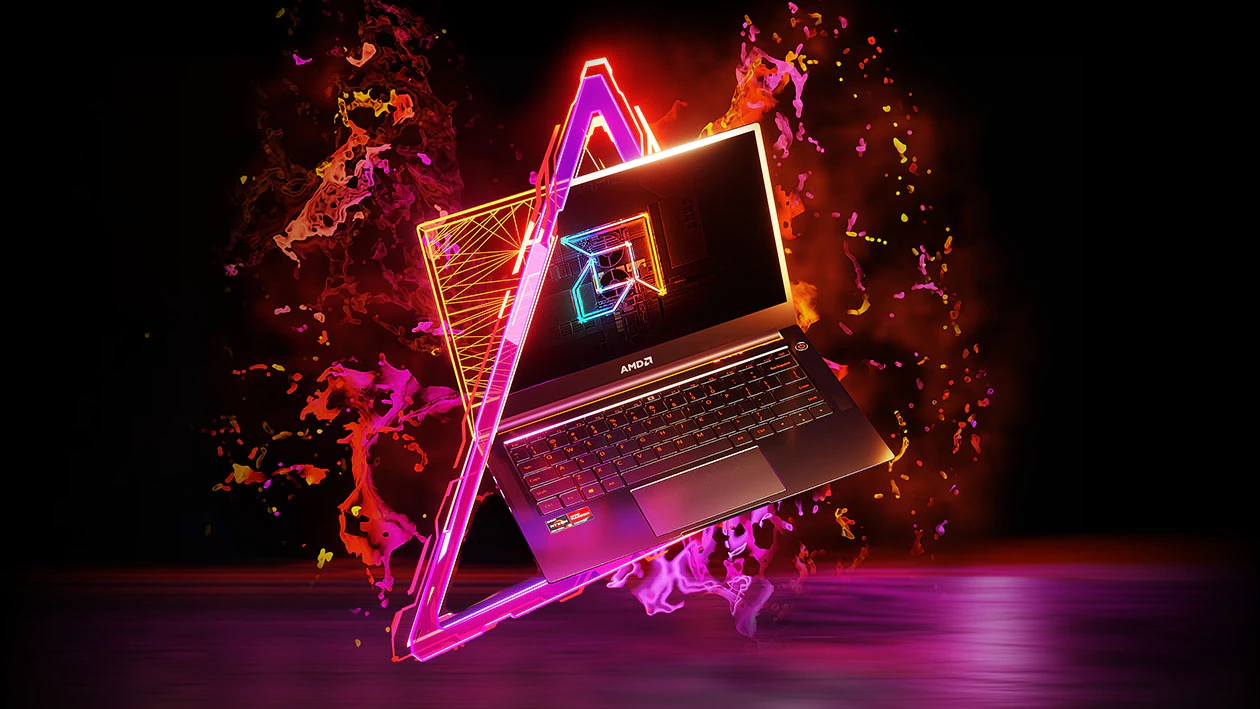AMD has a secret weapon to help it beat Nvidia, but is it getting too cocky?
AMD gets bullish about beating Nvidia

AMD is feeling confident that it has a secret weapon that could beat Nvidia – but we’re worried it may be getting a bit too cocky.
This secret weapon (which admittedly isn’t that secret, as AMD is crowing about it), is the use of GPU chiplets in its upcoming RDNA 3 graphics cards. Rather than using a single ‘monolithic’ chip for its GPU, AMD will use multiple chiplets that combine to make one large – and very powerful – chip with a high number of GPU cores.
AMD actually does something similar with its Ryzen CPUs, but this will be the first time a chiplet design will be used for GPUs – something which the company thinks will give it a big advantage over its chief competitor Nvidia, which is sticking with a monolithic design for its upcoming Lovelace RTX 4000 GPUs.
As Tweaktown reports, Sam Naffziger, AMD senior vice president, corporate fellow and product technology architect, explained in an interview with VentureBeat that “Nvidia certainly hasn't jumped on the chiplet bandwagon yet. We have a big lead there and we see big opportunities with that. They'll be forced to do so. We'll see when they deploy it.”
That’s certainly a bold statement, and points to AMD being rather confident that its chiplet design will give it the performance edge over Nvidia with its next-gen GPUs.
The future of GPUs
In fact, Naffziger clearly thinks that chiplet designs are the future of GPUs, and it’s a matter of when – not if – Nvidia embraces chiplets.
With the physical limitations of single chips clearly being a concern – after all, chips can only get so small, and hold so many transistors – AMD is looking at ways to keep making more powerful components.
Sign up for breaking news, reviews, opinion, top tech deals, and more.
Multi-chiplet designs are certainly one answer to this question, but as Naffziger explains in the interview, “We've seen this coming for a long time. Like I said, lead times are long. We've been investing in things like the Infinity Cache, chiplet architecture and all these approaches that exploit new dimensions to keep the gains coming.”
Analysis: Don’t get too cocky

While AMD’s confidence in chiplet designs and the performance they could bring to GPUs is certainly exciting for the future of PC gaming in particular, we don’t want them getting too cocky.
Nvidia should never be underestimated, and AMD has a long way to go if it wants to seriously trouble Team Green’s domination when it comes to GPU sales.
On the power front, we can definitely see the potential of multi-chiplet designs, and the prospect of AMD beating Nvidia when it comes to power and performance is certainly exciting.
But, if AMD gets complacent, it may stumble at this crucial time, and while everyone loves a good underdog, AMD has failed to convince the majority of gamers to embrace its GPUs. A cocky attitude may not help matters (though some will find it appealing as well).
Also, AMD and Nvidia are being joined in the GPU fight by Intel, and while Team Blue hasn’t made much of an impact, it could still shake things up substantially.
And, while Nvidia may be overlooking chiplets, Intel certainly isn’t. As Naffziger points out, “Intel certainly has jumped on [chiplet design]. Ponte Vecchio is the poster child for chiplet extremes.”
Intel’s Ponte Vecchio architecture will be powering Intel’s high performance GPUs, and will be using a chiplet design that will use multiple parallel processors for increased performance.
Could we get into a situation where it’s AMD vs Intel fighting for the GPU performance crown, while Nvidia is left behind?
We don’t think so – again, never underestimate Nvidia. We’re sure it’ll still pump out some of the best graphics cards when the RTX 4000 series launches later this year (even if it is delayed, as rumors suggest).

Matt is TechRadar's Managing Editor for Core Tech, looking after computing and mobile technology. Having written for a number of publications such as PC Plus, PC Format, T3 and Linux Format, there's no aspect of technology that Matt isn't passionate about, especially computing and PC gaming. He’s personally reviewed and used most of the laptops in our best laptops guide - and since joining TechRadar in 2014, he's reviewed over 250 laptops and computing accessories personally.